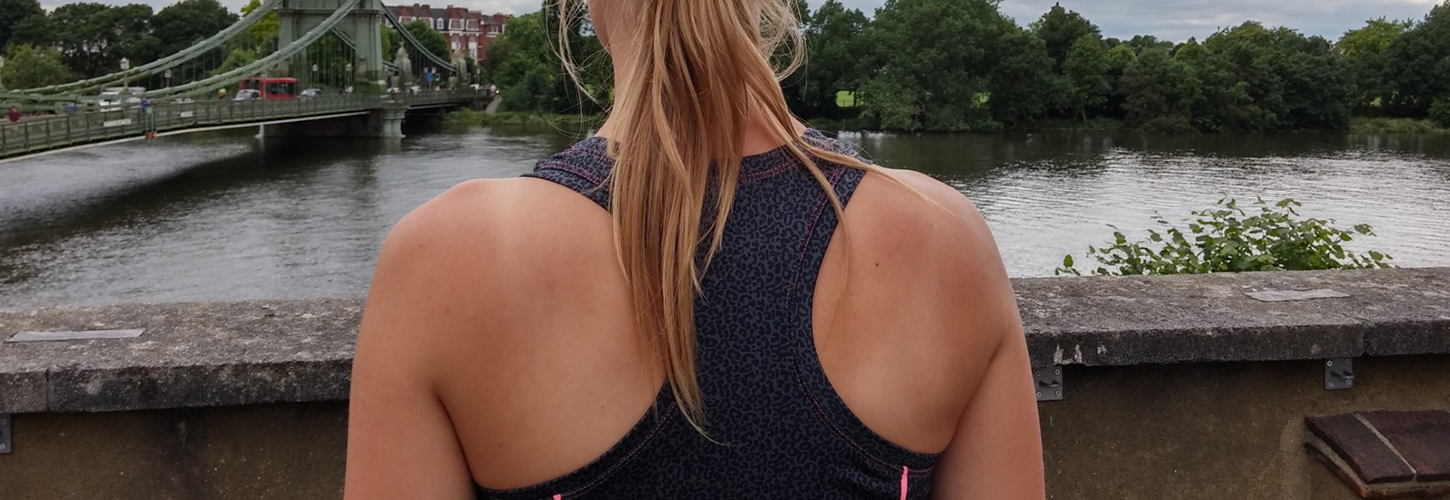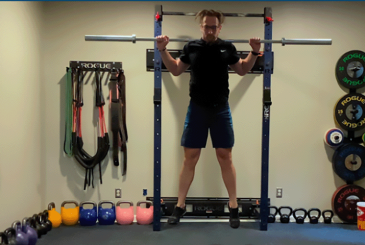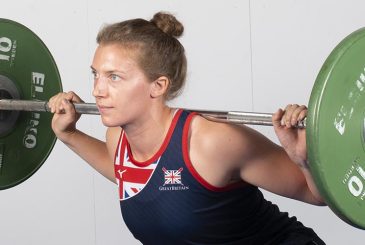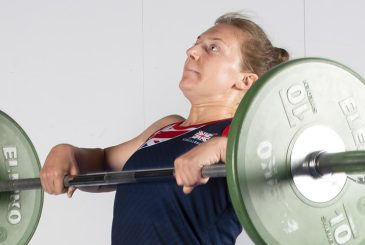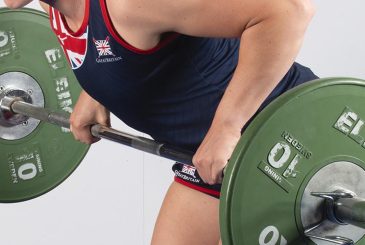Shoulder stability is vital for an efficient rowing stroke. Wendy Davies explains more
Introduction
The shoulder joint is a shallow ball and socket joint with a wide range of movement and relies on the surrounding muscles for stability. In rowing, the ability to stabilise the shoulders and ribcage in the correct position is just as important as having a strong core. Not only does it help prevent injury, but being in control of the muscles at the back of the shoulder and being able to activate them quickly at the catch and finish helps you achieve a more efficient stroke.
What can go wrong?
A common mistake is to hold the shoulders too high. In sweep rowing, if the outside arm and shoulder are raised, this may pinch the tendons at the front of the shoulder. And sculling with both shoulders too high can lead to neck and upper shoulder problems.
Raising the shoulders works the upper trapezius too hard and causes the lower trapezius and the serratus anterior muscles (muscles on the sides of the chest below the pectorals) to become inactive. If this becomes habitual, these muscles are lengthened and weakened so can’t carry out their shoulder stabilising role.
If the shoulder blades (scapulae) ‘wing’ out, rather than resting flat on the back, this also leaves the shoulder joint in a potentially vulnerable position. The whole rhythm of the upper body is affected and this can result in rib as well as shoulder injuries.
Shoulder stability should be something that you work into your everyday life
Shoulder exercise

Why do the exercise?
You need to correct any muscle imbalance to achieve an ideal shoulder position and the most efficient stroke. As an added bonus, activating these muscles will improve your posture in everyday activities, such as driving or working at a computer.
Take it further
Once you have mastered the exercise, transfer it to your training:
- Try sliding your shoulder blades down while warming up on the ergo.
- Pause and activate these shoulder stability muscles before lifting weights in the gym.
- Also practise this stabilisation when fatigued at the end of a training session.


